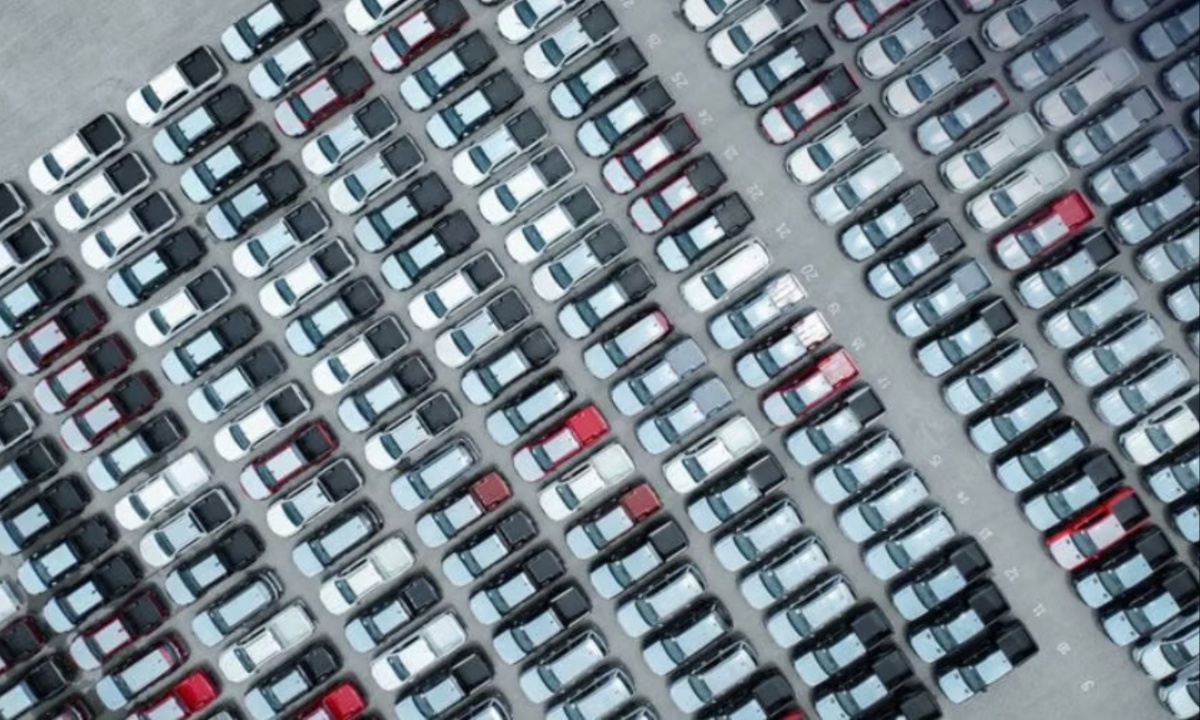The automotive market is set for another year of both opportunities and challenges for dealers. In 2024, sales increased due to better incentives and greater inventory availability, helping boost demand. However, shifting economic factors in 2025 will impact both new and used car sales in different ways. According to Cars.com’s 2024 Auto Market Year-In-Review report, affordability concerns, supply fluctuations, and changing buyer preferences will shape the industry. Dealers will need to remain flexible and responsive to stay competitive in the evolving market.
New Car Market: Higher Costs Challenge Buyers
The new vehicle market is becoming increasingly difficult for buyers as financing costs rise. Since 2019, average new car prices have climbed by 29%, causing 62% of buyers to now pay at least $600 per month, while 35% are paying over $800. Although prices fell slightly by 1% in 2024, they remain too high for many shoppers. In response, manufacturers and dealers have increased the availability of lower-cost vehicles, particularly those under $30,000, which saw a 64% growth in inventory. These more affordable options tend to sell quickly, with models like the Toyota Camry Hybrid selling in just 15 days, while higher-priced models such as the Dodge Challenger take much longer.

With new cars becoming less affordable, more consumers are looking at the used car market for better deals. In 2024, used car prices dropped by 5%, making them a more attractive choice. However, supply constraints could drive prices back up in 2025. A 7% decline in inventory for vehicles aged zero to six years is expected due to production slowdowns in previous years. This means buyers may have fewer choices, particularly for newer used models, and could be forced to consider higher-mileage vehicles. One bright spot is the used electric vehicle market, where inventory increased by 35% last year. Used EV prices dropped 15%, with Tesla models seeing the biggest decline at 25%, making them a more budget-friendly option.
Falling Trade-In Values Affect Purchases
Another issue affecting buyers is the decline in trade-in values, which have reached a four-year low. During 2024, trade-in values for mainstream brands dropped by an average of $1,642, while luxury brands saw a $1,941 decrease. With less trade-in equity to put toward their next purchase, many buyers may struggle to afford a new vehicle, especially with high monthly payments remaining a challenge. Dealers may need to offer stronger incentives and flexible financing options to help consumers offset these financial difficulties.
While 2024 was a successful year for many dealers, ongoing affordability concerns and supply constraints will create difficulties in 2025. However, interest rate cuts and the return of incentives could provide much-needed relief. Dealers who closely monitor market trends, adjust pricing strategies, and focus on exceptional customer service will be in a stronger position. Those who adapt quickly to shifting consumer preferences and economic conditions will have the best chance of staying ahead in the competitive market.

